Is Refractive Lens Exchange a Good Idea: 5 Things to Know
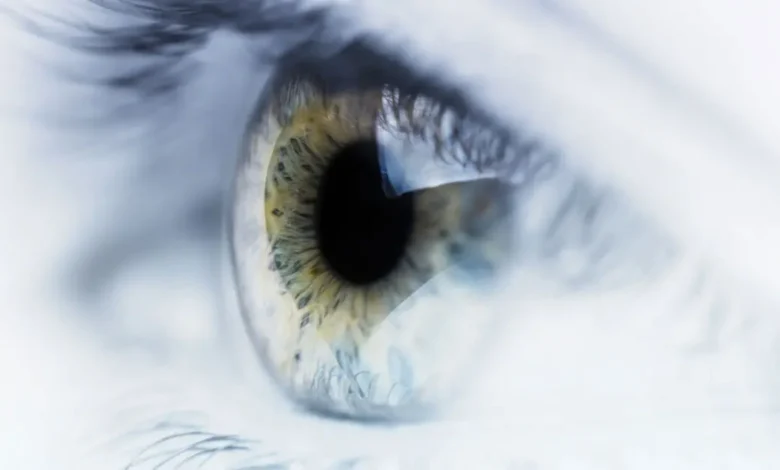
Surgery is by no means something that should be taken lightly and there is no such thing as a routine surgery. They are the last resort and something that is done when nothing else is an option.
When it comes to eyesight there are so many things you can do to improve it without going to the surgeon. There are non-invasive procedures that are quick and painless, and then there are those that are invasive and require you to recover for some time. Today we will discuss Refractive Lens Exchange (RLE), a surgical procedure in which the natural lens in your eye is replaced with a clear small eye implant known as an intraocular lens (IOL).
This technique is used when you wish to enhance or correct your eyesight while reducing your reliance on glasses or lenses. As we discovered, this technique is extremely similar to the cataract operation, in which the natural eye lens becomes clouded and hinders your eyesight. If you want to perform Reflective Lens Exchange and correct your vision you should read this through and check out sharpe-vision.com.
What do you need to know?
1. Types of IOLs
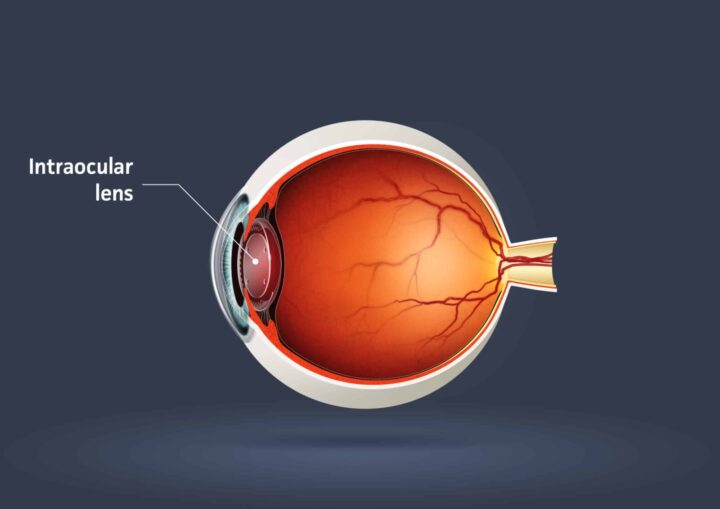
Two main types of lenses may be used to replace your natural lenses. These include monofocal IOL and multifocal IOLs.
The first ones are specifically designed to give your eyes an advantage in vision at a certain distance and are usually used for distance vision correction. This is useful while driving and performing other outdoor activities. The design can also go to an extent to make them perfect for those suffering from a lack of clear near vision and those would be perfect for reading and other similar things.
When it comes to the second IOLs are specifically designed to give you the ability of both clear distance vision as well as the near one. They give you a lot of liberty and allow you to perform a wide range of activities including reading, working on a computer and so on.
2. How do you know you need one?
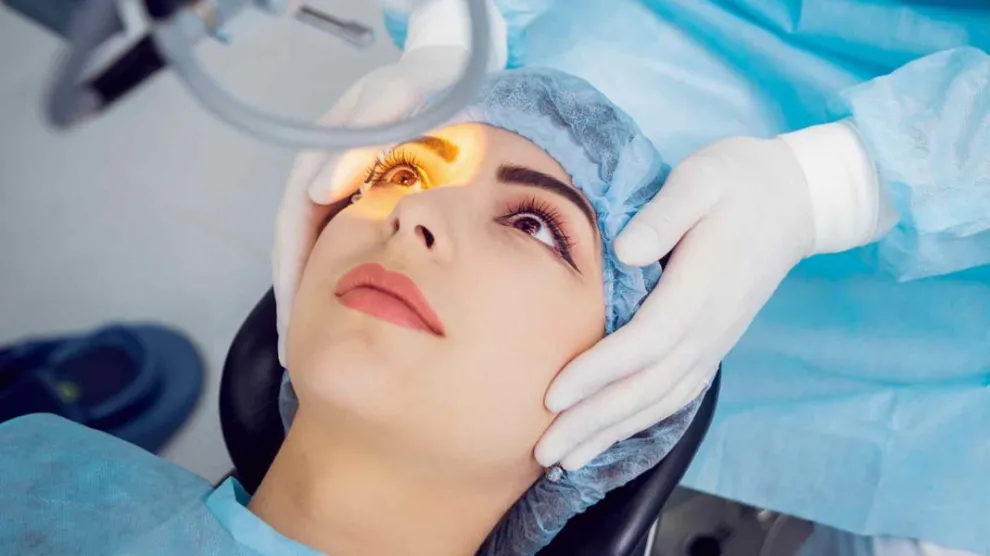
Most are wondering which are the cases that need the RLE and when are doctors recommending these.
The answer is they are usually recommended for those that are the age 50 and above and wear glasses for a high refractive error that can not be effectively corrected using LASIK or laser surgery.
If you are suffering from a severe far-sightedness called Hyperopia or short-sightedness called Myopia.
The interesting thing with RLE is that you can also be legible for one if you need to correct astigmatism where your natural lens is irregularly shaped.
Thanks to the ability to adapt the lens in many different ways it can also be used to treat Presbyopia where your natural lens losses its natural flexibility with age giving you a lot of difficulty with near vision.
RLE can also be used to treat patients with cataracts but this is all with the help of your doctor that will help you find out which reason makes you eligible for the RLE and which lens you need for your particular problem.
Many of you are now thinking that those multifocal lenses are the best answer overall, but you also need to understand that with individuals that have poor eye health these can cause optical side effects.
3. Surgical procedure
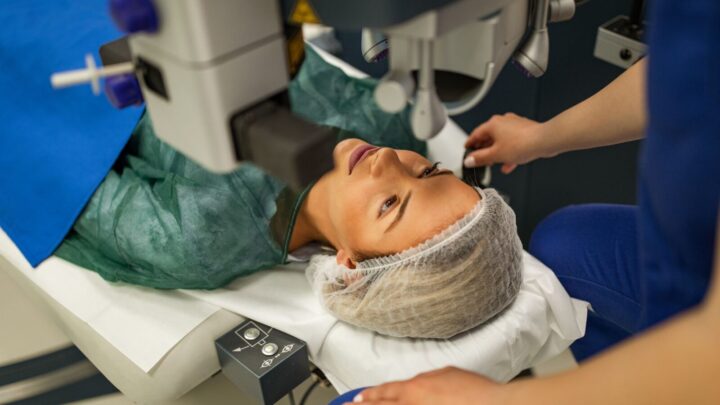
When it comes to the surgery, depending on your doctor you will either do both of your eyes on the same day or you will do one eye first then after a few days or a week the other one. This helps when doctors need to monitor your recovery and maybe choose a different IOL for the other eye. The procedure begins with local anaesthetic drops that go into your eye and you may be given some medication for relaxation because this procedure will have you be awake for the whole time. Your pupil will be dilated with special drops and then a small incision will be made where the white of the eye meets the cornea to extract your natural lens. After extraction and cleaning of the lens capsule, the IOL will be implanted in the correct position. After everything is done you will receive a protective shield over your eye which you will need to wear for a week after the surgery. The entire procedure takes around 20 minutes for a single eye and you will usually be discharged home on the same day.
4. Post-op care
Your ophthalmologist will give you certain post-op instructions and they will consist of taking medicines and drops as prescribed to ensure a smooth recovery, you will be given instructions to ease with activities like bathing and sports for at least one day after which you may proceed with these with caution. Swimming is out of the question for at least a week and driving can be resumed a few days after the surgery.
5. Risks and complications
Like any other surgery, this one has some risks and complications as well. These can include vision problems like flashes of light, halos or floaters, vision loss due to retinal detachment or damage to the lens capsule, haemorrhage due to blood vessel injury and improper implant placement that may need additional surgery to correct the mistake.
Conclusion
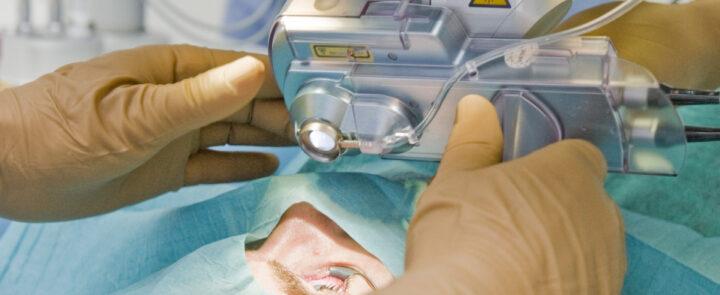
Refractive Lens Exchange is a sure and effective way of improving your vision as well as reducing and eliminating any need to wear glasses. This procedure is very successful and good when performed by an experienced and well-trained surgeon. It will make your life a lot easier and your dependency on glasses and lenses will reduce or be cut out totally. If you are thinking about this, we suggest you ask around and consult with your doctors about this procedure, where and if to do it at all. Millions have undergone this type of surgery and they are more than satisfied with the results. There are some complications as you could read but this is the thing that is attached to every invasive procedure, medical or non-medical. If you need your eyes and if you need them to be good again, give this RLE procedure a check and sit down and talk to your doctor or ophthalmologist.
